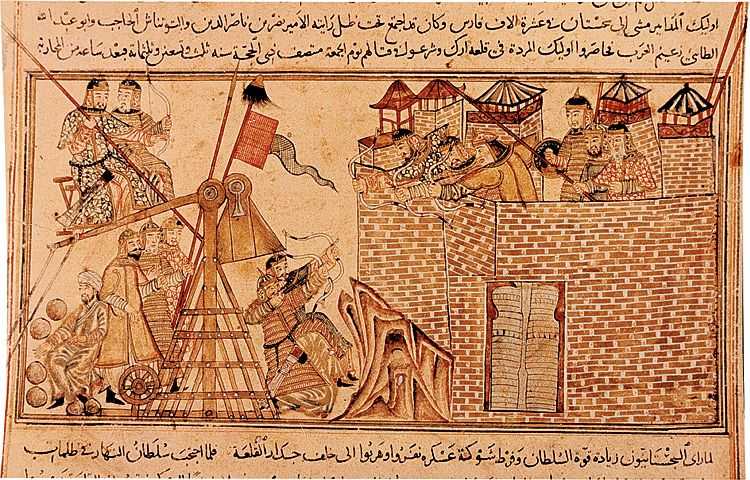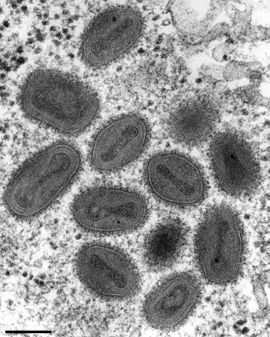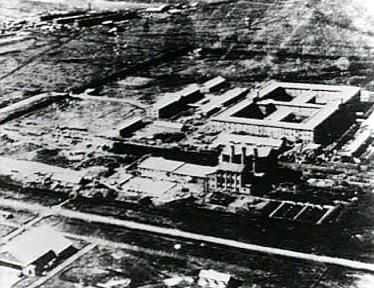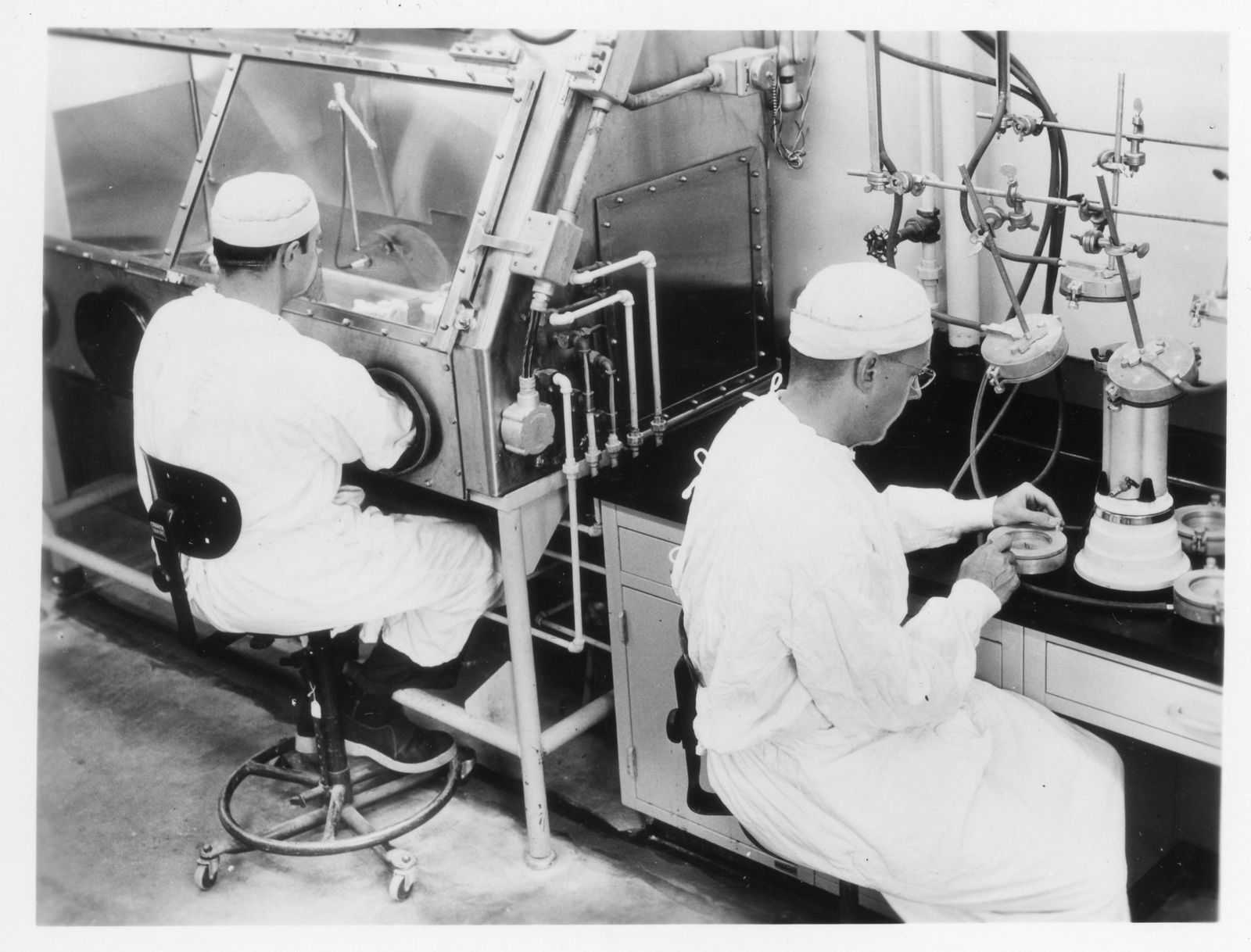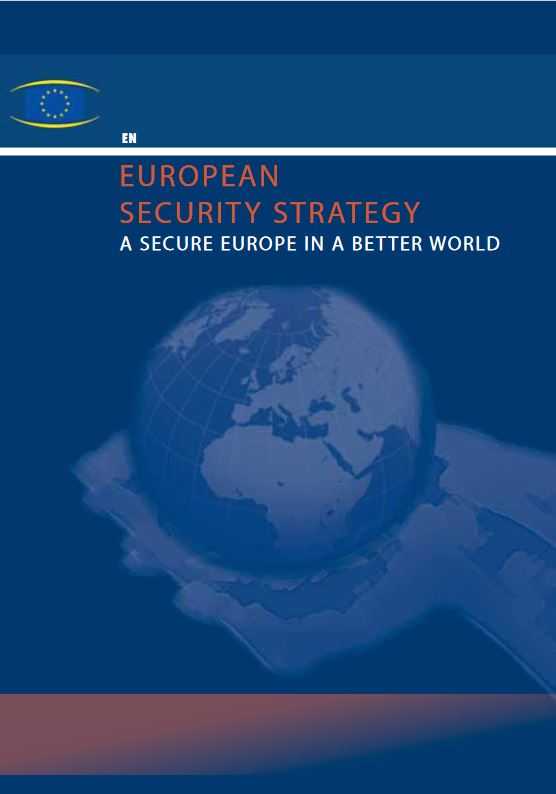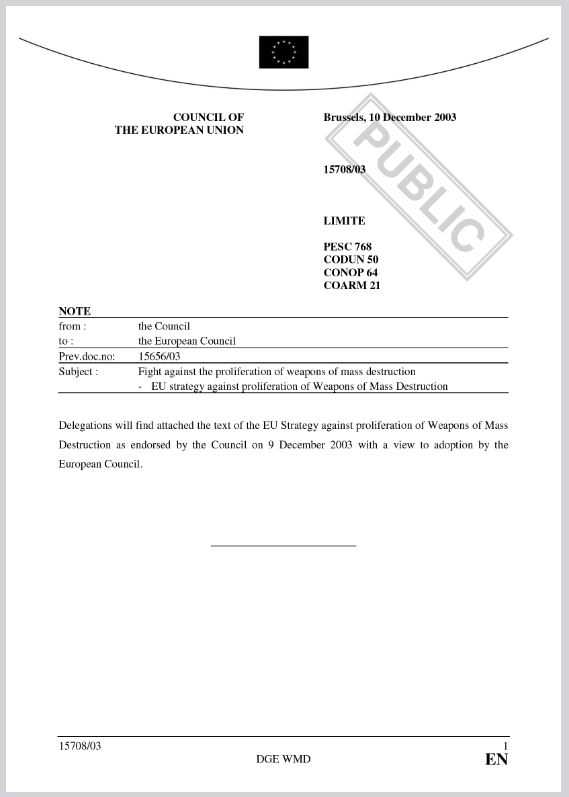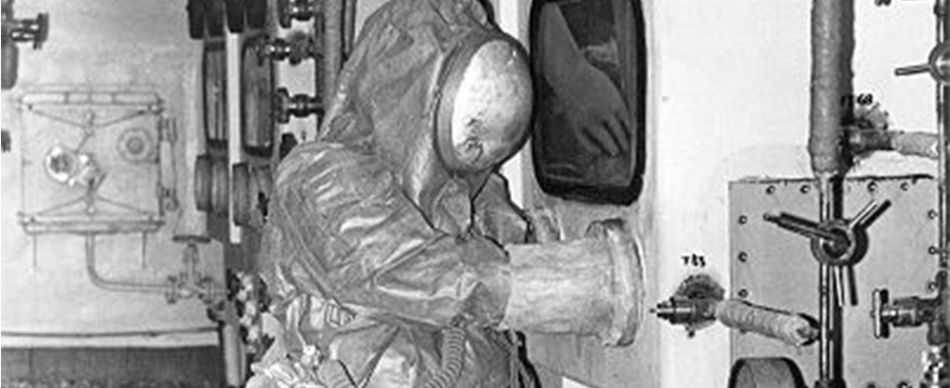
Pre-20th century use of biowarfare
20th century biowarfare programmes
Historical examples of the use of bioweapons before the 20th century
You can find additional information on the US and Soviet bioweapons programmes in the discussions below or simply skip to the next section.
Case study US programme
In the US programme, research, development and pilot-scale production were located at Fort Detrick and at the Edgewood Arsenal in Maryland, with additional facilities at the animal research station at Plum Island, New York. Biological agent and munitions production took place in a large purpose-built ten-floor facility at Pine Bluff, Arkansas. Early trials were carried out at Dugway Proving Ground in Utah.
Production facilities
Map showing locations of US research production facilities
Data: Natual Earth. Graphic: PRIF
Open-air field trials to test aerosol dispersion patterns were conducted at a large number of locations throughout the US. A series of trials initiated in 1953 under the ‘St Jo’ programme simulated anthrax attacks on urban targets to estimate munitions requirements for the strategic use of biological agents against typical target cities. Three North American cities were chosen to approximate Soviet cities: St. Louis, Minneapolis and Winnipeg, Canada.
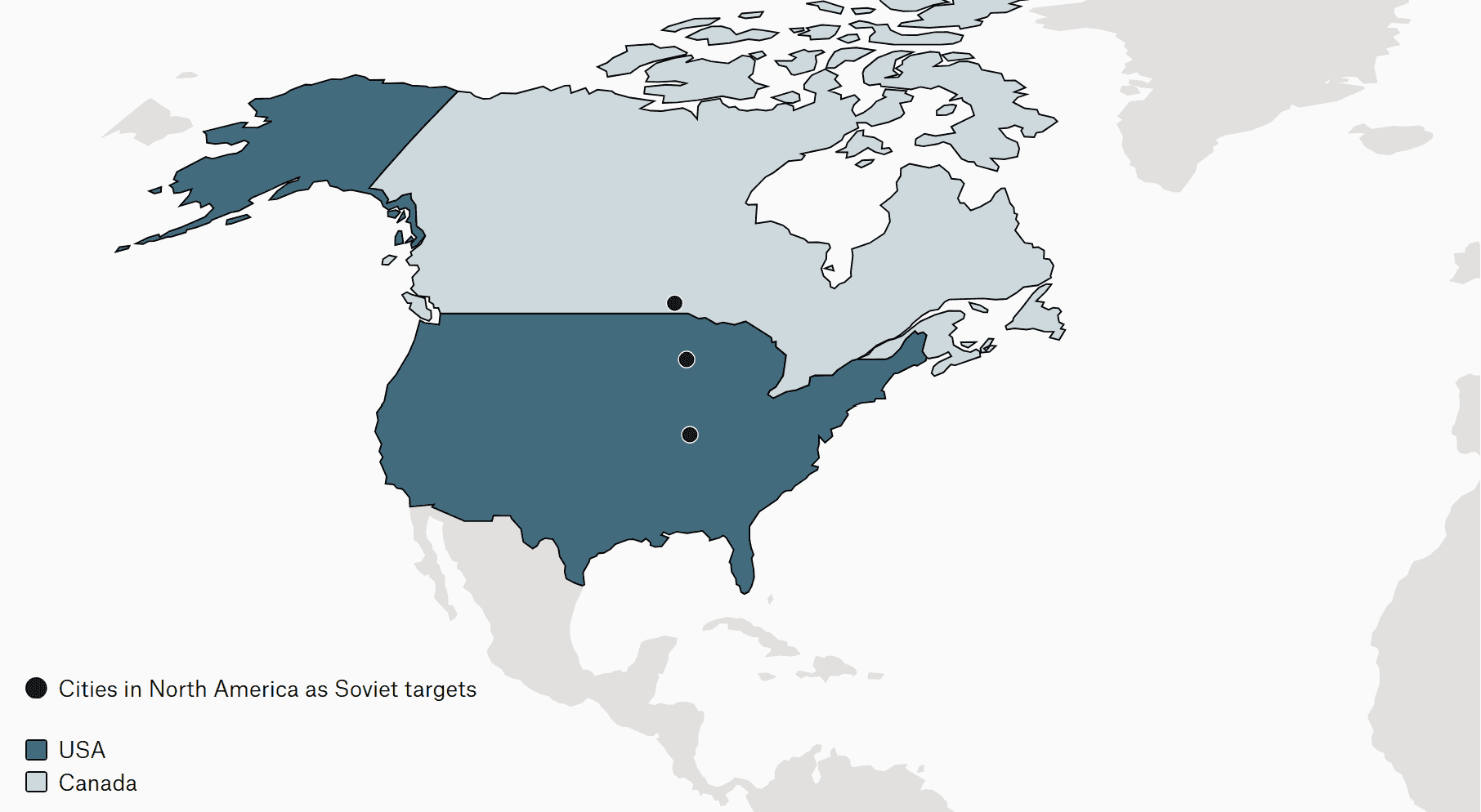
For months, the scientists involved in the experiments used generators mounted on top of cars parked in various urban locations to disperse clouds of simulants. Many of the open-air field trials were held at sea for fear of soil contamination, public disclosure and possible danger to local populations. ‘Project 112’ was a land and sea project for expanded offensive testing of chemical and biological weapons.
At least 50 Project 112 trials took place, involving warships, bombers and airplanes fitted with spray generators. In the late summer of 1968, the final and probably most elaborate open-air biological tests took place over the Pacific Ocean downwind of Johnston Atoll, 1,000 miles southwest of Hawaii.
Bill Patrick, Fort Detrick’s chief of product development and one of the top US bioweaponeers, recalls the trial.
At sunset, just as the sun touched the horizon, a Marine Phantom jet flew in low […] a single pod under its wings releasing a weaponised powder. The powder trailed into the air like a whiff of smoke and disappeared completely. […] The jet was disseminating a small amount of biopowder for every mile of flight [in a single-source laydown]. […] At Johnston Atoll, the line of particles moved with the wind over the sea, somewhat like a windshield wiper sweeping over glass. Stationed in the path of the particles, at intervals extending many miles away, were barges full of monkeys, manned by nervous Navy crews wearing biohazard spacesuits. The line of bioparticles passed over the barges one by one. Then the monkeys were taken back to Johnston Atoll, and over the next few days half of them died. Half of the monkeys survived, and were fine.
Source: Congressional Record Volume 144, Number 26 (Thursday, 12 March 1998), U.S. Senate, Page S1880)
It was clear that a jet that did a laydown of a modest amount of military bioweapon over a city like Los Angeles could kill half the city’s population. The open-air biological trials decisively removed any doubts as to whether bioweapons worked. Bill Patrick recalls:
‘When we saw those test results, we knew beyond a doubt that biological weapons are strategic weapons. We were surprised. Even we didn’t think they would work that well.’
Source: Congressional Record Volume 144, Number 26 (Thursday, 12 March 1998), U.S. Senate, Page S1880
Case study Soviet programme
The extensive, multi-agency Soviet bioweapons programme encompassed both military and civilian research facilities. This posed challenges to keeping the programme secret, and a new classification level higher than ‘Top Secret’ called ‘Series F’ clearance was established to cover up the programme.
By the end of the 1980s, Biopreparat controlled three dozen institutes, mobilisation plants and other types of facilities that were either involved in biological weapons R&D or supported it in some way. These were spread throughout the Soviet Union. They could be found in Moscow and Leningrad (now St. Petersburg); in Kirov, 500 miles east of Moscow; and, still further away, in Kazakhstan, Uzbekistan and Siberia.
LU02 MAP – Soviet research facilities
Biopreparat facilities
Map showing locations of Soviet research facilities
Data: Natual Earth. Graphic: PRIF
Biopreparat created new biological weapons enclaves, at Obolensk and Koltsovo, and built factories dedicated to biological agent production, the most impressive of which was an enormous plant at Stepnogorsk. It is estimated that at least 30,000 people worked for the Biopreparat system, though many argue that the figure could be substantially higher.

The first defector to emerge from Biopreparat was Vladimir Pasechnik, a microbiologist and director of one of the major bioweapon facilities, who arrived in Great Britain in late 1989, just as the Soviet Union was beginning to crumble. Pasechnik’s revelations shocked his Anglo-American debriefers. When President Yeltsin took office in January 1992, the US forced him to admit publicly that there had been an offensive Soviet bioweapons programme and that it had continued into his presidency.
In the years following the USSR’s collapse, the US developed a Cooperative Threat Reduction Programme (see below) to offer Soviet bioweaponeers with collaborative research grants that could provide them with gainful employment. Recipients of these ‘brain drain prevention’ grants were told that they must not share their advanced knowledge of how to develop, produce, test and disperse biowarfare agents or peddle weapons materials, particularly genetically engineered pathogens.
This condition seems to have been an effective deterrent, as there is little evidence of proliferation and black marketeering from the Soviet bioweapons programme.
Bioterrorism
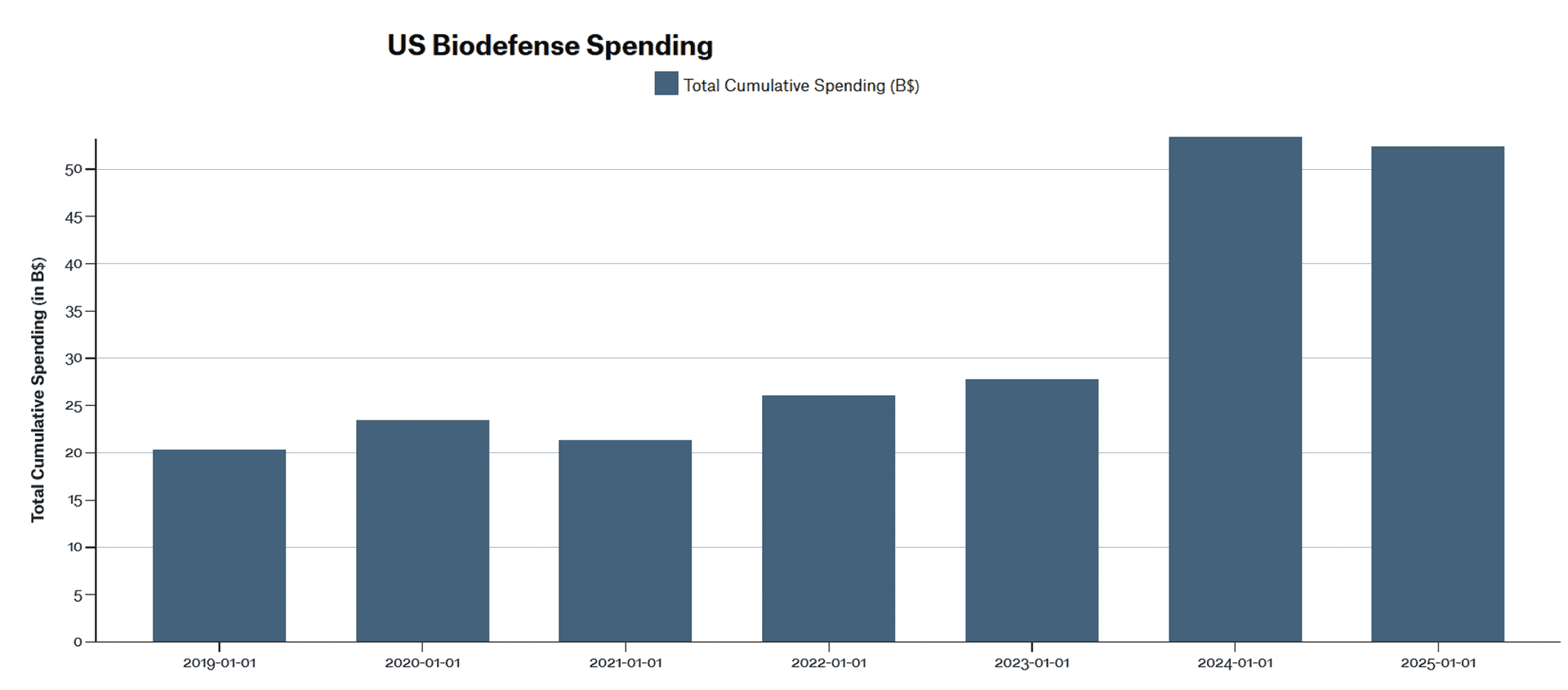
Reality check: Threat assessment
Threat assessments during the 2010s suggest that there had been concerns about al Qaeda’s efforts to obtain bioweapon capabilities, and it had been leaked that Israel had secretly detained a suspected Al Qaeda bioweapons expert for a number of years. There had also been some reports indicating that ISIS might have an interest in bioterrorism. Yet, despite these concerns, the suggestive features of past bioterrorism incidents indicate that while the risk of a crude, small-scale bioterrorism attack is possible and likely, the risk of a sophisticated large-scale bioterrorism attack with mass fatalities and severe consequences is low. Despite the widespread attention given to the risks of bioterrorism, few terrorists have contemplated using biological agents, fewer still have made any serious effort to develop the capability to employ biological agents – and the number who have ever tried to use them is even smaller. There are six commonly identified past bioterrorism incidents which are cases in point. Three of these attacks took place in the US, one in Japan and two in Europe.
Bioterrorism incidents and lessons learned: Case studies over time
- 1972
USA, R.I.S.E.
In 1972, a group of teenagers with fantasies of apocalyptic regeneration for humankind created a group called R.I.S.E. The acronym is not fully understood but it is believed that the R was for Reconstruction, S for Society and the E for Extermination. However, the meaning of I remains unclear1. The group obtained several biological agents and learned how to grow them, but failed to mount planned attacks before being arrested.
- 1981
England, Dark Harvest
In 1981, activists, calling themselves ‘Dark Harvest’ protested against the British chemical defence establishment by dropping two packages with soil collected from a British World War II anthrax test site, placing one near a railway station and sending another package to the Conservative Party Conference. In the first case, the anthrax concentration was below the critical value, but still detectable. In the second case, no anthrax could be detected in the soil2
- 1984
USA The Rajneeshees cult
In 1984, a cult known as the Rajneeshees actually spread a biological agent. They deliberately contaminated salad bars with salmonella to cause voters to fall ill, keeping them away from the polls during local elections in Oregon. Salmonella rarely kills, and no one died in this attack, but more than 750 people were infected, some of them severely.
- 1990–1995
Japan, The Aum Shinrikyo cult
In the early 1990s, the Japanese Aum Shinrikyo cult tried to develop and disseminate anthrax. It launched two unsuccessful attacks in 1990 and 1993 respectively, when it released botulin toxin near the Japanese parliament and other government buildings in Tokyo but to no known effect. Another attempt was prevented in 1995. The cult had more success with chemicals, however. In 1995, they went on to carry out the sarin attack on the Tokyo underground, poisoning almost 6,000 people.3
- 2001
USA, The anthrax letters
The most lethal biological attacks were the 2001 anthrax letters, which killed five people and caused another 17 to become ill. The series of five anonymous letters containing a deadly strain of anthrax were sent to media outlets and the U.S. Senate within weeks of the unprecedented terrorist attacks on New York and Washington on 11 September 2001. The letters overtly linked the two attacks, with its messages of ‘09-11-01 You can not stop us’ and ‘this is next’. The perpetrators are yet to be found.
- 2018
Germany, Ricin found in Cologne
In 2018, German police arrested a Tunisian man in Cologne after they discovered toxic ricin in his flat. The suspect is said to have successfully produced ricin using an IS manual from June 2018 onwards. He had come to the authorities’ attention through his online purchases as well as information received via the ‘Islamist Terrorism Hotline’ that made it clear he could be planning an attack. The operation against the suspect was part of a broader counterterrorism effort, and his arrest was seen as a significant success in preventing a potential terrorist attack in Germany.4
Lessons to be drawn
So, what can be learned from these incidents? While future cases may differ significantly from past ones, there are suggestive features of previous bioterrorism incidents that can improve assessments of current and future threats.
First, bioterrorism can take many forms. It might be motivated by a desire to cause mass casualties, as was the case for R.I.S.E. and Aum Shinrikyo. But it is equally true that the perpetrators may not be focused on killing people at all. The Rajneeshees wanted to disrupt an election, so hoped that their attack would seem like a natural outbreak. Similarly, if microbiologist and vaccinologist Bruce Ivins was the Amerithrax perpetrator, as the FBI claims, his motives clearly did not fit the typical characterisation of a terrorist. Bioterrorism incidents may therefore be motivated by very different political and personal considerations.
Second, the skills required to undertake even rudimentary bioterrorism attacks are greater than often assumed. Certain technical and scientific expertise is required to culture and disseminate microorganisms, even in crude ways. More sophisticated attacks, involving larger quantities of agent and more complex dissemination methods, as attempted by Aum Shinrikyo, may be beyond the capabilities of even well-organised and funded terrorist groups. While the challenges may not be technically insurmountable, terrorist groups rarely engage in the types of complex research and development required for such attacks, and some of the necessary expertise may demand access to tacit knowledge, which is difficult to obtain.
Third, organisational factors may be critical. While simpler forms of bioterrorism are within the reach of lone actors or malicious activists like Dark Harvest, a group effort would be necessary to mount larger, more sophisticated attacks. As Aum Shinrikyo’s experience suggests, this may create serious obstacles to the many technical challenges facing a would-be bioterrorist. The complexities of undertaking such activities in a covert manner should not be underestimated.
Finally, the scarcity of bioterrorism incidents is telling. The Rajneeshees demonstrated that it is possible to carry out crude bioterrorism attacks with little difficulty, and the Amerithrax case showed how disruptive such attacks could be. Yet, despite this, few terrorists have shown a serious interest in developing biological weapons.


